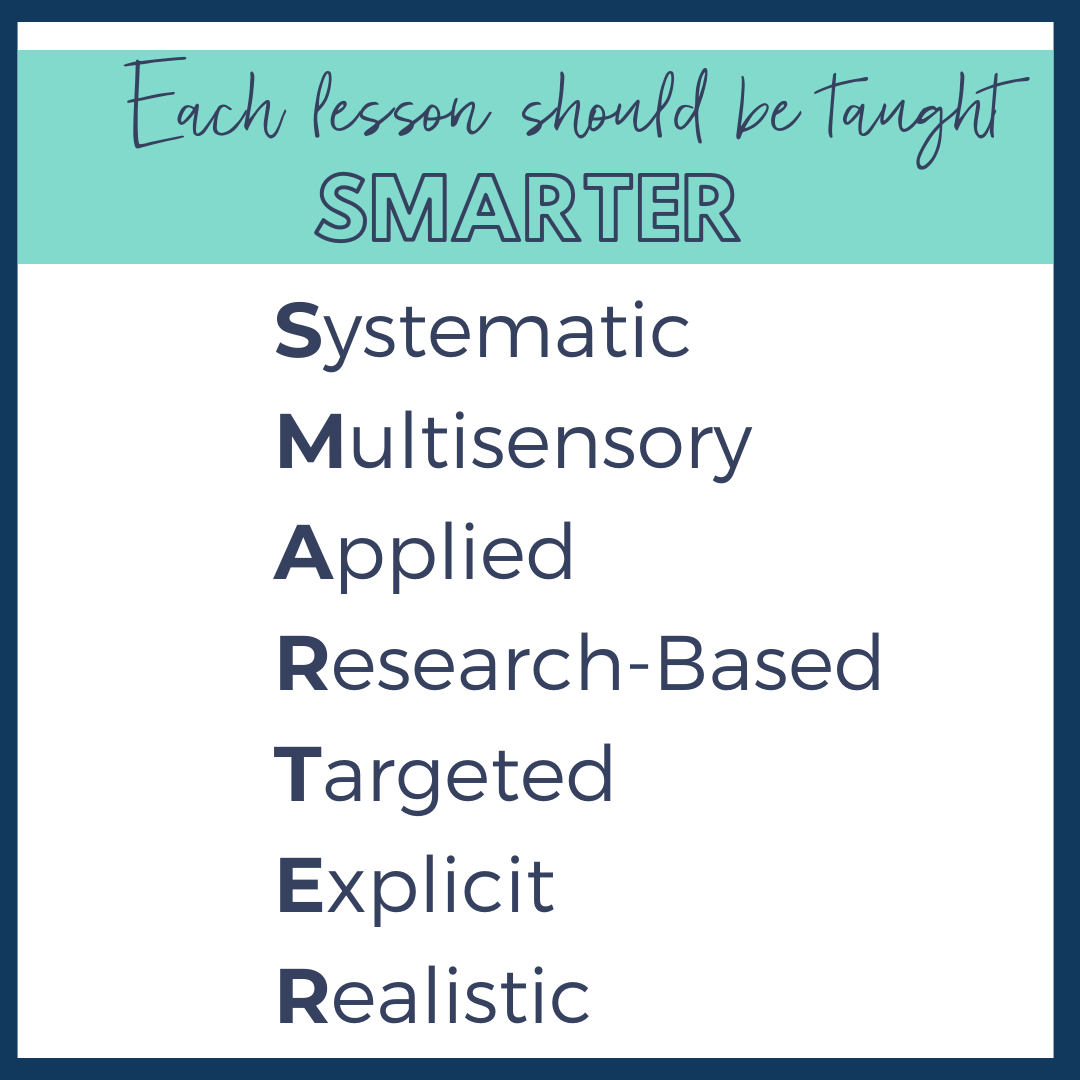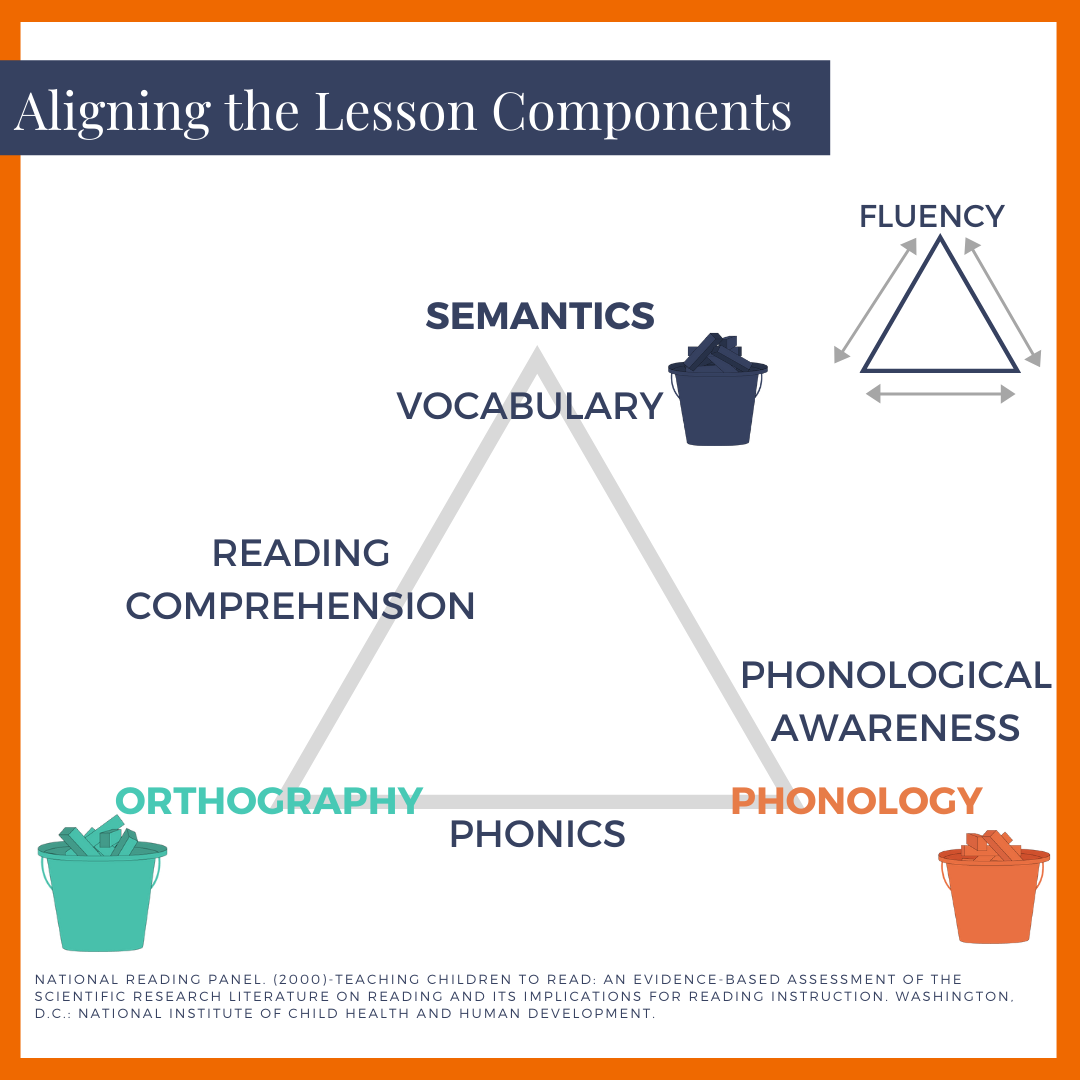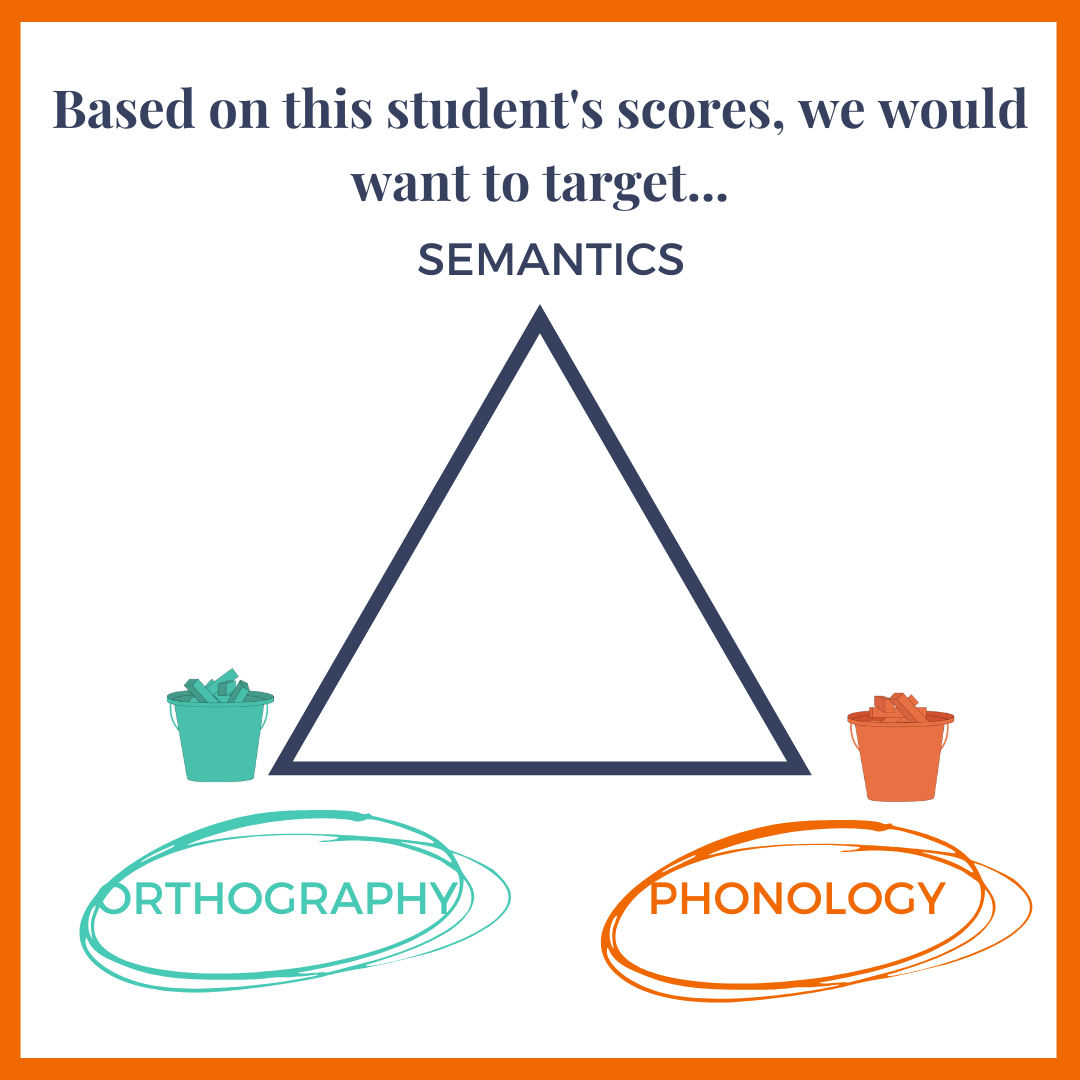How to Differentiate Within a Framework
One of the biggest dichotomies we see in this field is that of following a program with fidelity or needing to create a new lesson for every single student.
If you’ve been with us for a while, you know that we don’t believe in following a program with fidelity. Simply put, this is the easiest way for a child to fall through the cracks in your intervention. What if a student isn’t getting something? Are we supposed to keep moving because the curriculum tells us to? What if you have a group of students with mixed needs? Are they all supposed to get the exact same activities?
No curriculum or publishing company knows your students better than you do, so why do we give away our power as interventionists?
On the flip side, recreating lessons for every child isn’t sustainable. While this process is rooted in good intentions (we always want to give each child exactly what they need - right?) it is unnecessary and causes some of the best teachers, interventionists, and SLPs to burn out.
…and burnout is a real problem! According to the Consortium for Policy Research in Education, more than 41% of new teachers leave teaching within 5 years.
We know that you would do anything for your students (we know because you are here!) but if our students’ best assets keep burning out - who will be there to support them?
So the question becomes - what do we do?
The magic happens when you can take the best pieces from both sides and create effective lessons that you can use time and time again. Lessons that allow you to meet your student’s individual needs within a pre-made lesson.
You must differentiate within a framework.
When building your lessons, there are certain components that we should always have and others that we should tweak to fit the student.
When building our literacy intervention lessons - the research is clear as to what we need to be teaching.
All lessons should target the 5 Core Components of Literacy from both a ready and a writing lens.
This means that every lesson should target:
Phonological Awareness
Phonics
Vocabulary
Fluency
Comprehension
and Writing
There are also key teaching practices that should be implemented in every lesson.
We use the “SMARTER” framework to make sure our lessons include these best practices. The SMARTER framework stands for systematic, multisensory, applied, research-based, targeted, explicit, and realistic. You can learn more about this framework >>here.<<
This framework allows you to set your students (and yourself!) up for success as you work through your lessons. This is the foundation every lesson should follow.
The differentiation comes in when you look at how your students engage with the material.
Using data to differentiate your instruction will be the most effective and efficient way to get your students results.
The easiest (and most effective) way to see what students need is through tracking data. We always recommend getting a baseline, mid-point, and final assessment score to see where they are when they start lessons and how they are doing as they progress through the program.
How to use assessment data to differentiate your lessons
When a new student comes into our clinic, we always start with an assessment to see what they already know, and what holes/gaps they have in their literacy knowledge. We use the literacy processing triangle (shown below) to see where students are struggling. This diagram shows how the neural processors in the brain that are responsible for reading and writing work together.
Depending on the child, they could have breakdowns at any point (or within any connection) on the literacy processing triangle. These breakdowns will show up in their scores related to the associated literacy skill. For example, if a child is struggling with phonology, their phonological awareness will be impacted. If they struggle with the connection between orthography and phonology, their phonics will be impacted.
Each child will be different. While we will still work through all 5 Core-Components of Literacy with each child in every lesson, we will spend more time instructing skills that they struggle with.
For example, in the baseline data shown below, this student struggled with phonological awareness, phonics, fluency, and writing. Her comprehension and vocabulary scores were strong. This tells us that she is struggling with orthography and phonology and the majority of our intervention should focus here.
Now, this doesn’t mean we won’t still work through vocabulary and comprehension activities. It is important she receives explicit instruction on how all of these skills work together. What it does mean is that instead of 10 vocabulary questions, we might give her two. Or, if she is in a group with another student who struggles with vocabulary and comprehension (but has strong phonological awareness abilities), we would give her the phonological awareness questions and the other student in her group the vocabulary questions.
Weekly data can also help with this differentiation.
If you notice a gap week to week in spelling, it may be a good idea to spend more time with students on spelling and maybe reduce the amount of time spent on skills they are more solid on.
If you are consistently noticing that students are struggling to rhyme, you can pull in a rhyming game to help review.
Let’s say that you completed all of your lessons in your program or level and your child’s final assessment still indicates a hole in vocabulary. It is OKAY to then spend a few sessions reviewing vocabulary with them before advancing to your next level or concept.
If students get to that final progress monitoring and they are still struggling with that level, they may even need to go back and review the concepts before moving on to the next level.
The keynote here - is that every child is different and differentiating your lessons based on your data is acceptable and encouraged.
What this means for you…
As the instructor - you know your students’ abilities better than anyone (including those telling you to “follow the program with fidelity”). As you interact with your students each day or each week, trust your gut and look at the data. If they aren’t getting something, it is okay to deviate from the instructions and do what is best for that child.
If you are in groups or at school and are not able to slow the pace of the lessons, consider sending homework or additional review pieces home for extra practice based on where they need the most support.
While programs can (and often will) give suggested guidelines on where to start a student, how quickly to move through the program, and how to instruct the material, it is still your space to use clinical/professional judgment to fill in concepts and review as needed. Trust your intuition - you know your students best!
>>Click here<< to check out the blog - How to Determine Which Data Needs to be Tracked and be sure to grab our free Data Tracking System. This tool will help make data tracking easy and help you keep your session data organized.















